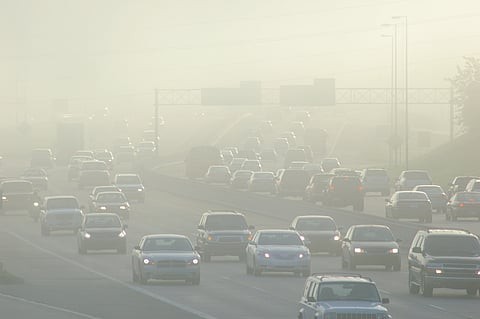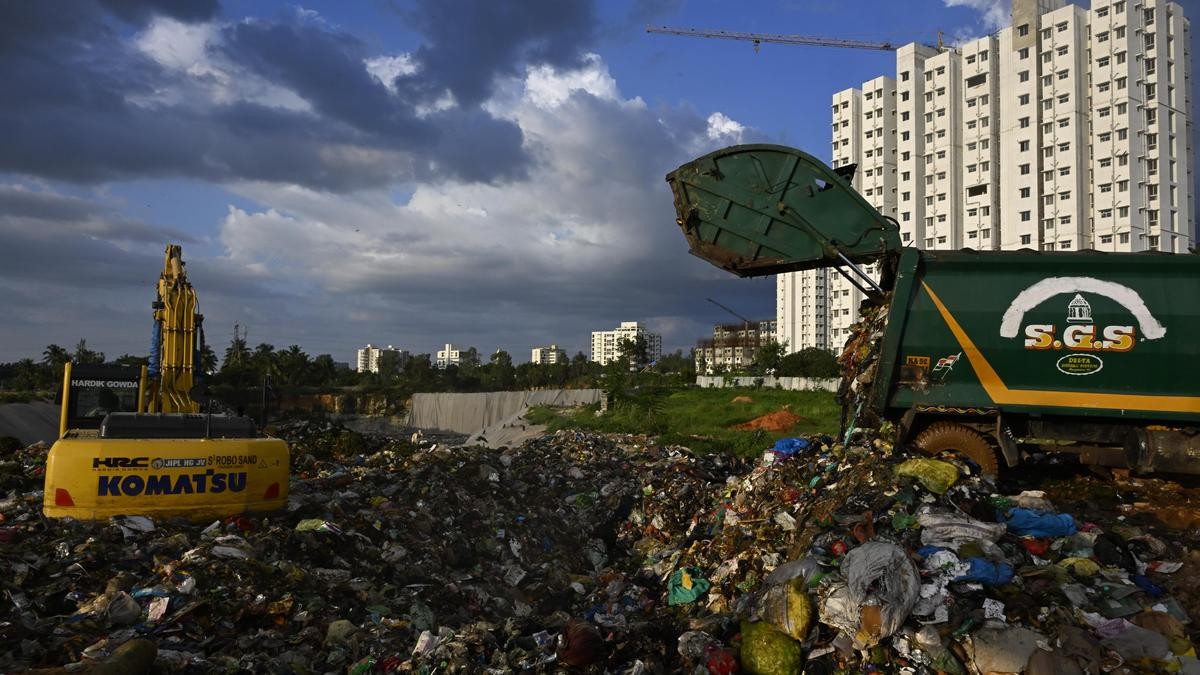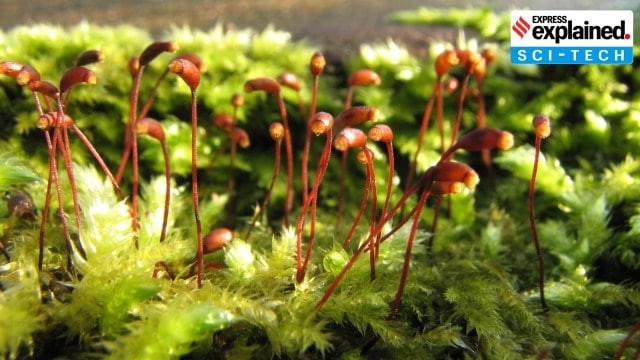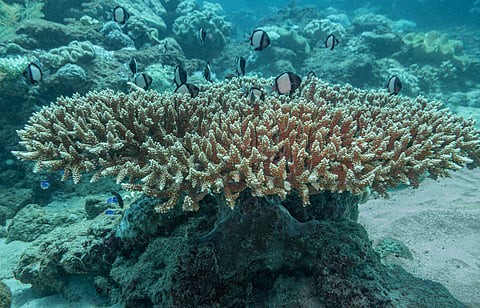




Source: HINDU
Disclaimer: Copyright infringement not intended.
A recent study commissioned by the Principal Scientific Adviser recommends rolling back the 2015 mandate requiring all 537 coal-fired plants to install Flue Gas Desulphurisation (FGD) units.
FGD should only be mandatory for plants using imported coal or high-sulphur coal (>0.5%).
Original deadline for FGD installation: 2018 → deadlines extended to 2027-2029.
Compliance status
Only 8% of plants have installed FGDs.
230 plants are installing FGDs; 260 plants have not yet placed orders.
Cost and Capacity
Cost of FGD installation: ₹1.2 crore per MW.
Current coal capacity: 218,000 MW, projected to reach 283,000 MW by 2032.
92% of coal used in India has low sulphur content (0.3%-0.5%).
Existing norms: 220-metre stack heights and Indian climatic conditions already minimize SO₂ impact on local air quality.
IIT-Delhi study (2024): Acid rain is not a major issue in India.
Environmental Impact
Installing FGDs would increase
Freshwater consumption,
Power consumption,
CO₂ emissions by 69 million tonnes (2025–30),
While reducing SO₂ emissions by 17 million tonnes.
Focus efforts on controlling Particulate Matter pollution instead of SO₂ due to the high ash content in Indian coal.
Flue Gas Desulphurisation refers to a set of technologies used to remove sulphur dioxide from the exhaust (flue) gases of fossil fuel power plants and industrial facilities.
It is an important environmental control measure aimed at reducing air pollution, acid rain and health hazardscaused by SO₂ emissions.
Environmental Impact
SO₂ is a major contributor to acid rain which damages crops, forests and aquatic ecosystems.
SO₂ emissions contribute to particulate matter (PM 2.5) formation aggravating respiratory and cardiovascular diseases.
Regulatory Requirement
In India the Ministry of Environment, Forest and Climate Change notified tighter emission norms for thermal power plants in December 2015.
Plants are required to limit SO₂ emissions by installing FGD units.
International Commitments
Aligns with India’s obligations under agreements like the Paris Agreement to reduce environmental pollution.
Chemical Reaction: SO₂ + CaCO₃ → CaSO₃ → CaSO₄·2H₂O (gypsum)
|
Type |
Description |
Key Points |
|
Wet FGD |
Uses a slurry of limestone or lime to absorb SO₂. |
Most common. High removal efficiency (~90-98%). High water usage. |
|
Dry FGD |
Uses dry sorbents (lime) sprayed into flue gas. |
Lower water requirement. Lower SO₂ removal efficiency (~70-90%). Suitable for water-scarce regions. |
|
Semi-Dry FGD |
Combines features of wet and dry systems using a moist sorbent. |
Moderate efficiency. Lower operating cost. |
Gypsum (Calcium Sulphate Dihydrate)
Used in cement manufacturing and construction material.
Fly Ash
Can be used in brick making and road construction.
Significant reduction in SO₂ emissions.
Helps in compliance with national and international environmental standards.
Gypsum by-product promotes resource recovery and circular economy.
Improves air quality and reduces health impacts on nearby populations.
|
Challenge |
Details |
|
High Capital and Operating Costs |
FGD units are expensive to install and maintain, especially for older thermal plants. |
|
Water Consumption |
Wet FGD systems consume large amounts of water, problematic in water-scarce areas. |
|
Space Requirement |
Requires additional land for equipment and gypsum storage. |
|
Waste Management |
Disposal of waste material (if not reused) can cause environmental concerns. |
|
Technical Expertise |
Operation and maintenance demand trained personnel. |
|
Delayed Implementation |
In India, many plants have sought extensions due to financial and logistical constraints. |
The Central Electricity Authority and MoEFCC have set phased deadlines for the installation of FGD systems in thermal power plants.
Deadlines are differentiated based on proximity to cities and critical areas.
As of 2024 progress is slow; several plants have faced issues like
Delayed tenders
Technology sourcing challenges
Financial non-viability for older plants
Sources:
|
PRACTICE QUESTION Q.Flue Gas Desulphurisation (FGD) technology is critical for achieving India's air quality and environmental goals, but its implementation faces serious challenges. Discuss. 250 Words. |







© 2025 iasgyan. All right reserved